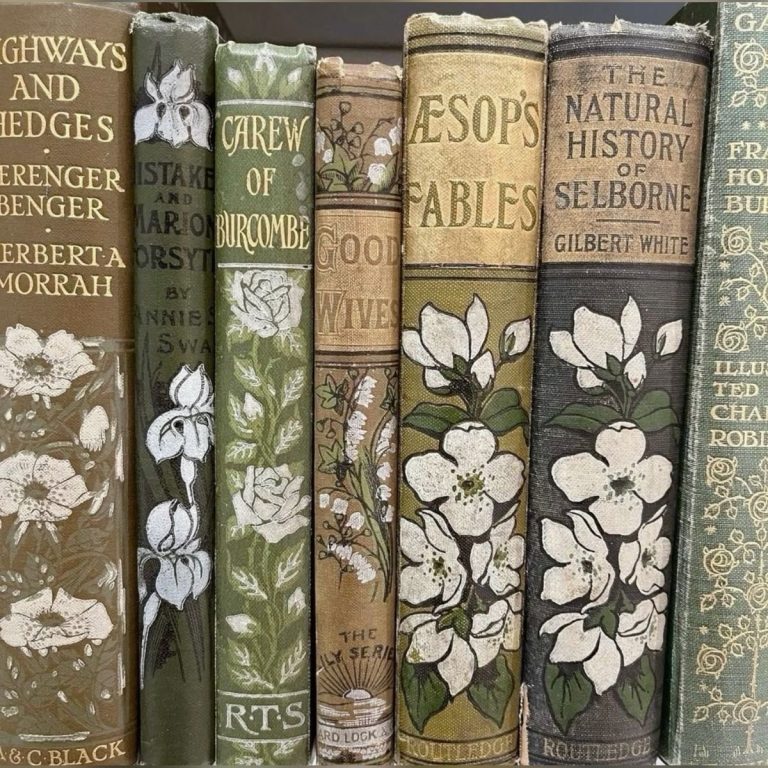
Question
Learn
Expand
‘I know that I do not know’ - Socrates
This section aims to inform you of the scientific and analytical side of literature. What makes a poem? Who are the Romantics? What is polyptoton? What is a limerick? With a continually expanding literary world, there is always something new to learn!
A Brief History of the English Language
Literature can be used as a Time Machine: visit the cynical social climber Becky Sharpe in the Victorian Period, or the solipsistic villain Iago in the Jacobean Age, or even say hello to the strategic Waldef from the time of Anglo-Normal Literature. Allow yourself to travel through time, using this guide as your map. It contains key features, works and people from each of the key literary movements that have worked to define the English language to be as we know it today.


The ‘Technical’ English Language - A Glossary
The technical nature of literary analysis is seen through the plethora of ‘scientific’ and meticulous language. This glossary takes you through well-know literary terms and those that are more specific and obscure to aid you in opening up a text and analysing its bones. From aposiopesis to zeugma, there is (almost) a word for everything!
The Poetry Handbook
Poetry’s power lies in its formation - what form it takes on, the nature of its rhyme scheme and metre, and they way the language sounds and speaks. This is a guide that explores what makes a poem a poem, and the innumerable forms possible.


How to Critique Literature
Literary texts are inherently polysemic and unstable due to literature’s inability to provide objective truths. As such, there exists a multitude of techniques to analyse and interpret language. From post-structuralism, to Marxist criticism, and reader-response theory, literature enables its readers to think beyond the page (unless you are a structuralist) and think laterally.
The adjacent picture is C.W Beaumont’s Dancers Under My Lens, which is a collection of critical essays on Ballet performances seen in London from 1922 to 1935, showing how all forms of art - literature included - can be formally critiqued.
-Isms of the World!
From Monadism to Dadaism there is an ‘ism’ for (almost) everything! This guide includes ‘isms’ from art, literature, science, philosophy, religion, and culture.


Fiction Vs. Non - Fiction
This guide highlights the main differences between fiction and non-fiction texts, exploring the typical conventions and key themes. From memoirs to biographies; gothic to Bildungsroman, literature is ubiquitous, able to capture the human condition in its entirety. It also references key authors within these genres and descriptions of their work.
Equation Poetry
The connection between Mathematics, the Sciences, and English can be seen through this poetic form. Equation poetry is a type of concrete poetry which uses mathematical symbols and equations to organise language, highlight relationships, and dictate intonation. The Humanities and Sciences can be used in tandem, to help our understanding of each respectively.

© Copyright. All rights reserved.
We need your consent to load the translations
We use a third-party service to translate the website content that may collect data about your activity. Please review the details in the privacy policy and accept the service to view the translations.